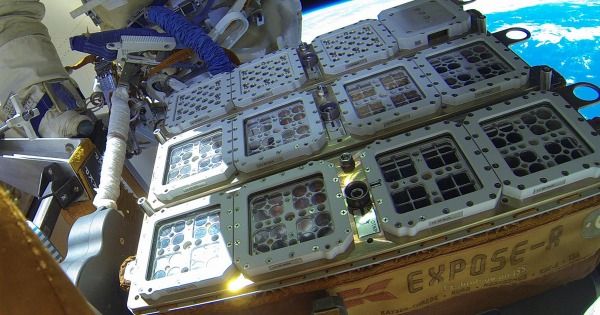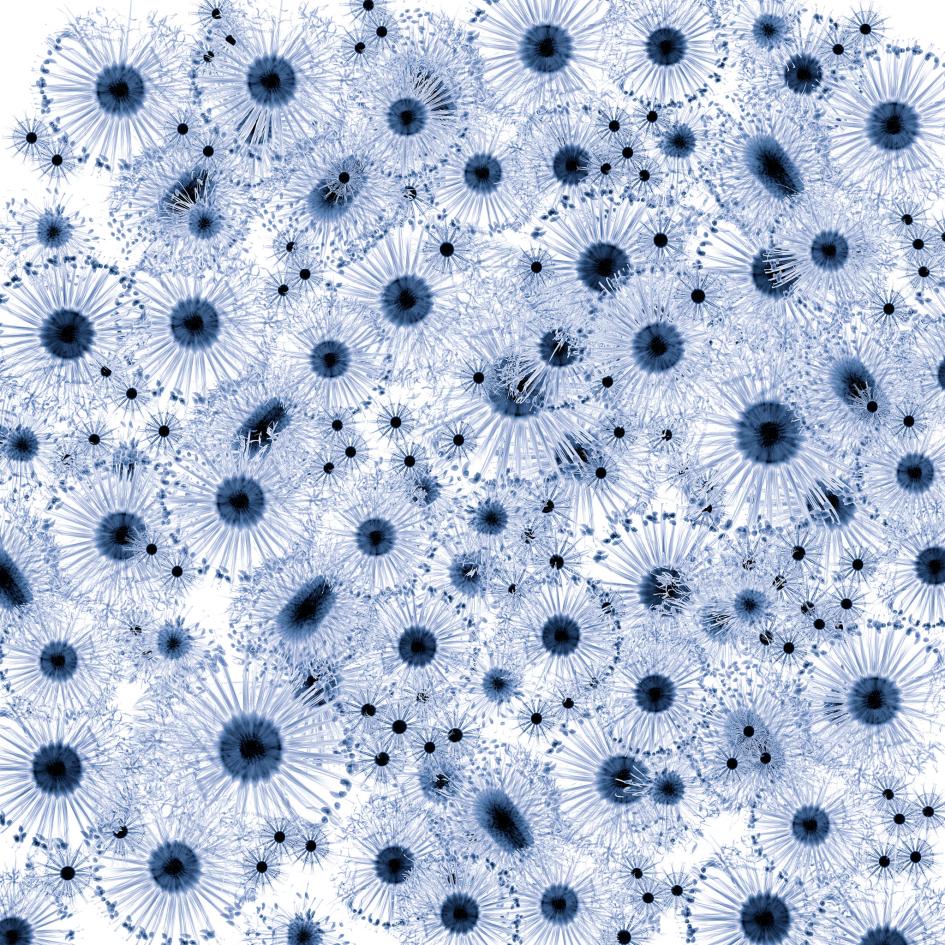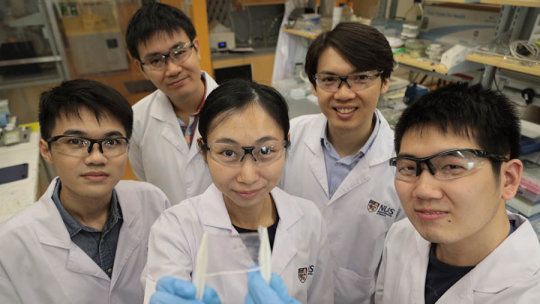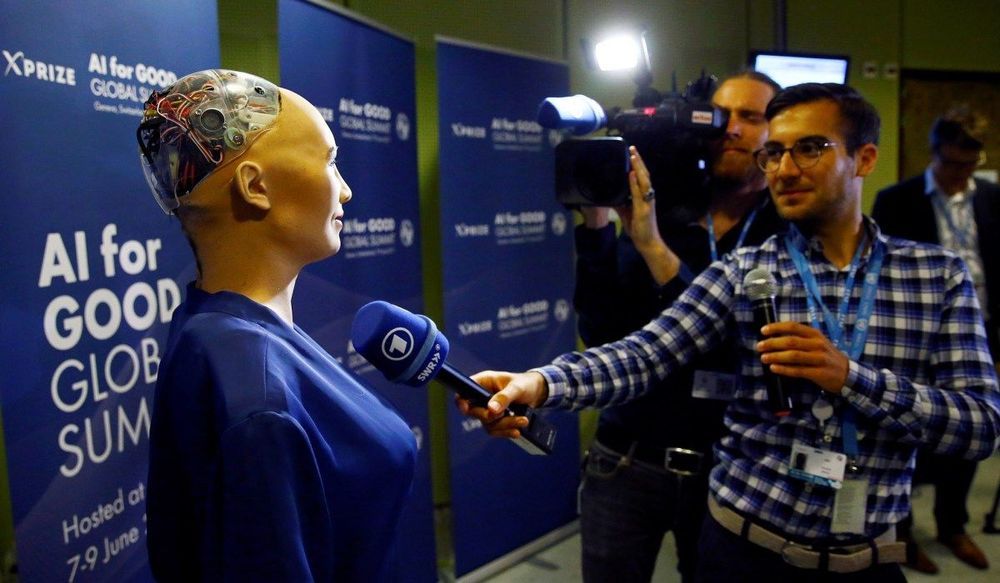Archive for the ‘biological’ category: Page 164
Mar 27, 2019
Organisms Survived on the Outside of the Space Station
Posted by Quinn Sena in categories: biological, space
Outer space is a tough environment for living organisms: no atmosphere, no oxygen, no gravity, a ton of radiation, and extreme temperatures.
But the German Aerospace Center just made a bombshell discovery: as part of a project called the Biology and Mars Experiment, they found that samples of organisms including bacteria, algae, lichens and fungi survived on the exterior of the International Space Station for 533 days.
Mar 26, 2019
Scientists Reactivate Cell of 28,000 Year Old Mammoth
Posted by Chris Parbey Jnr in category: biological
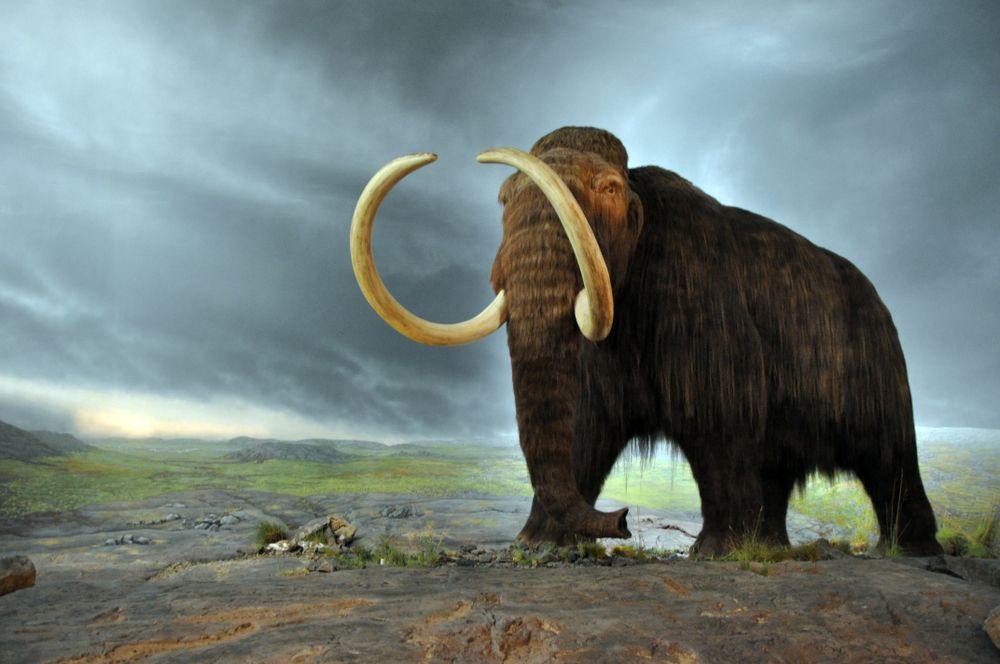
Biologists have just succeeded in restoring some biological functions in a cell belonging to awoolly mammoth that lived 28,000 years ago.

Mar 24, 2019
BPA exposure during pregnancy can alter circadian rhythms
Posted by Xavier Rosseel in categories: biological, food, neuroscience
NEW ORLEANS—Exposure to the widely used chemical bisphenol A (BPA) during pregnancy, even at levels lower than the regulated “safe” human exposure level, can lead to changes in circadian rhythms, according to a mice study to be presented Monday at ENDO 2019, the Endocrine Society’s annual meeting in New Orleans, La. The researchers report these changes may be a contributing factor in hyperactivity seen in BPA-exposed mice.
“The hypothalamus, which we have identified as a brain region that is particularly susceptible to developmental disruption by BPA, contains the site of the clock cells that govern daily rhythms throughout the body,” said researcher Deborah Kurrasch, Ph.D., Associate Professor at the University of Calgary in Calgary, Canada. “We have shown in previous research that BPA exposure in utero can cause defects to the development of hypothalamic nuclei and hyperactivity, and here we explored whether a shift in circadian biology might explain why the animals moved more.”
BPA is a chemical that is added to many commercial products, including water bottles, paper receipts, can liners and food storage containers. It is known as an endocrine-disrupting chemical—a chemical that interferes with the body’s hormones.
Mar 24, 2019
Study shows how electricity-eating microbes use electrons to fix carbon dioxide
Posted by Quinn Sena in categories: biological, food
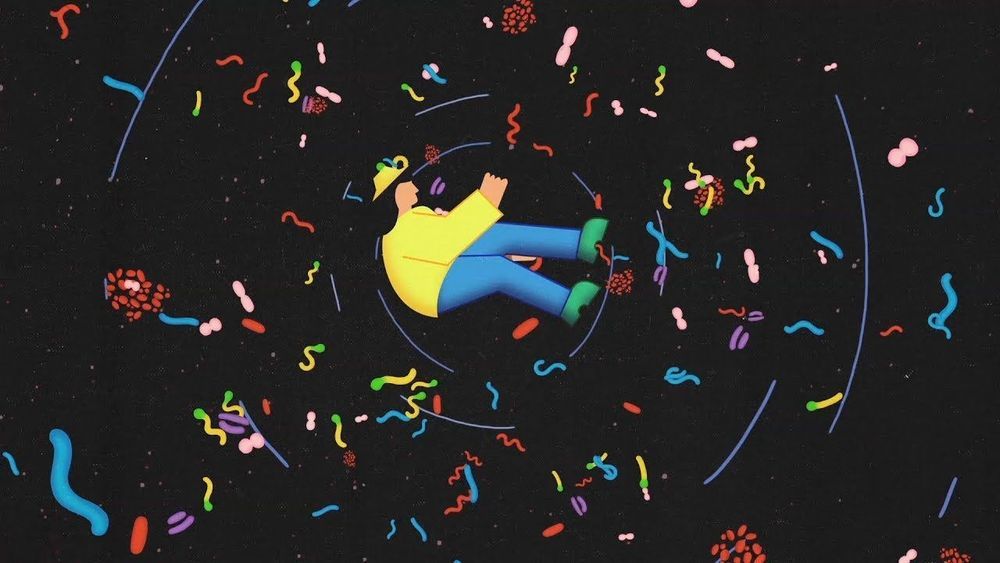
New research from Washington University in St. Louis explains the cellular processes that allow a sun-loving microbe to “eat” electricity—transferring electrons to fix carbon dioxide to fuel its growth.
Led by Arpita Bose, assistant professor of biology in Arts & Sciences, and Michael Guzman, a Ph.D. candidate in her laboratory, a Washington University team showed how a naturally occurring strain of Rhodopseudomonas palustris takes up electrons from conductive substances like metal oxides or rust. The work is described in a March 22 paper in the journal Nature Communications.
Continue reading “Study shows how electricity-eating microbes use electrons to fix carbon dioxide” »
Mar 22, 2019
These x-rays of seeds turn biology into art
Posted by Genevieve Klien in category: biological
In her project Archiving Eden, photographer Dornith Doherty explores the beauty and necessity of the world’s botanical stockpiles.
Mar 18, 2019
Water-resistant electronic skin with self-healing abilities created
Posted by Caycee Dee Neely in categories: biological, robotics/AI
Another step towards organic ships?
Inspired by jellyfish, researchers have created an electronic skin that is transparent, stretchable, touch-sensitive, and repairs itself in both wet and dry conditions. The novel material has wide-ranging uses, from water-resistant touch screens to soft robots aimed at mimicking biological tissues.
Mar 12, 2019
Woolly mammoth cells brought back to life in shocking scientific achievement
Posted by Nicholi Avery in category: biological
Cells from a woolly mammoth that died 28,000 years ago have begun to show “signs of biological [activity]” after they were implanted in mouse cells. However, researchers caution that it’s unlikely the extinct creatures will walk the Earth again anytime soon.
The research, published in Scientific Reports, details how a well-preserved woolly mammoth, found in 2011 in the Siberian permafrost, has begun to show some activity.
Mar 12, 2019
Axolotl’s Regeneration Genes Also Present in Humans
Posted by Ours Ondine in categories: biological, neuroscience
Scientists at the Marine Biological Laboratory (MBL) have identified gene “partners” in the axolotl salamander that, when activated, allow the neural tube and associated nerve fibers to functionally regenerate after severe spinal cord damage. Interestingly, these genes are also present in humans, though they are activated in a different manner. Their results are published this week in Nature Communications Biology.
Mar 11, 2019
Transhumanism, the Lazy Way to Human ‘Improvement’
Posted by Caycee Dee Neely in categories: biological, cyborgs, ethics, internet, robotics/AI, transhumanism
Well, Wesley J Smith just did another hit piece against Transhumanism. https://www.nationalreview.com/corner/transhumanism-the-lazy…provement/
It’s full of his usual horrible attempts to justify his intelligent design roots while trying to tell people he doesn’t have any religious reasons for it. But, then again, what can you expect from something from the National Review.
Sometimes you have to laugh. In “Transhumanism and the Death of Human Exceptionalism,” published in Aero, Peter Clarke quotes criticism I leveled against transhumanism from a piece I wrote entitled, “The Transhumanist Bill of Wrongs” From my piece:
Continue reading “Transhumanism, the Lazy Way to Human ‘Improvement’” »

